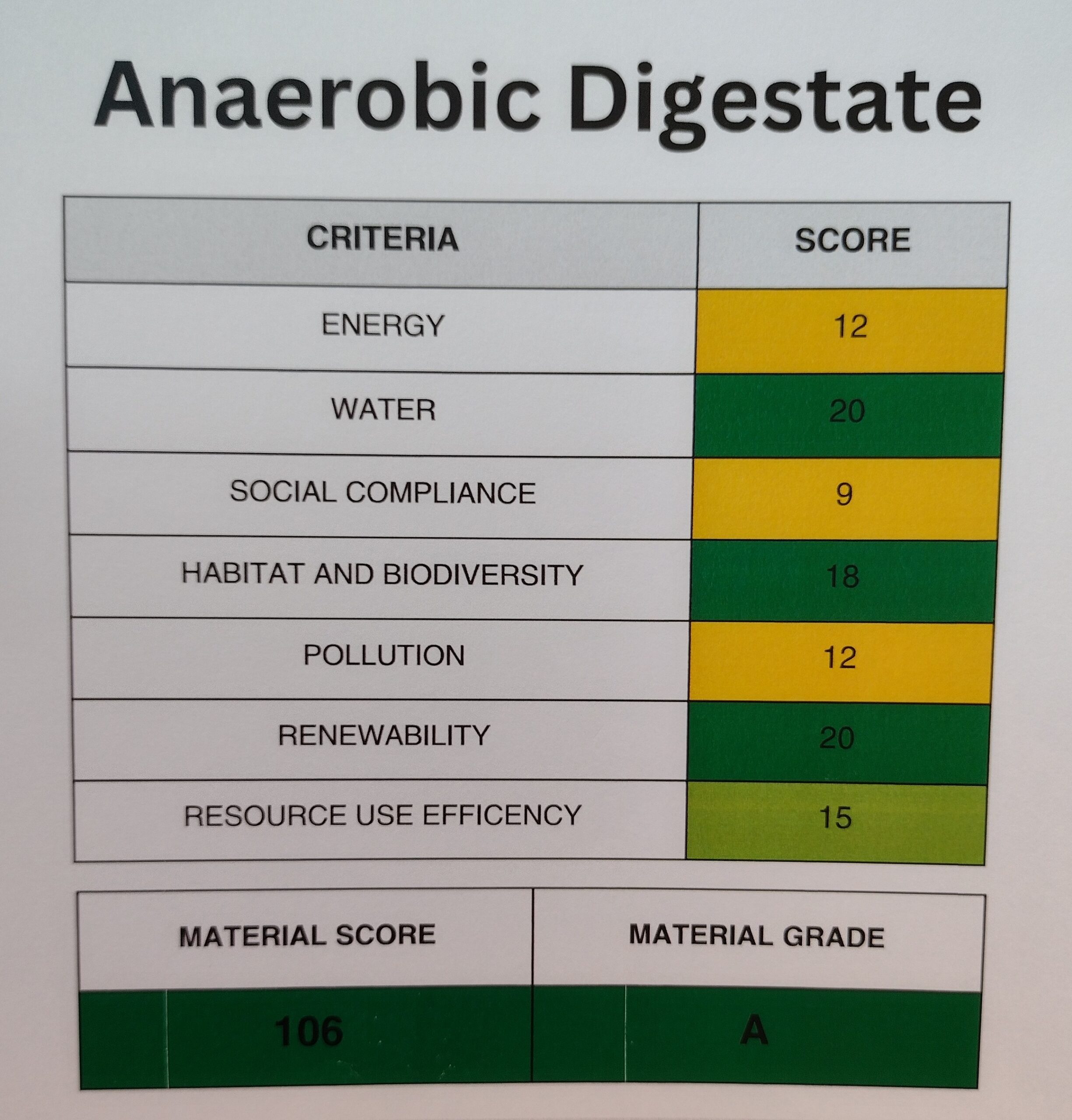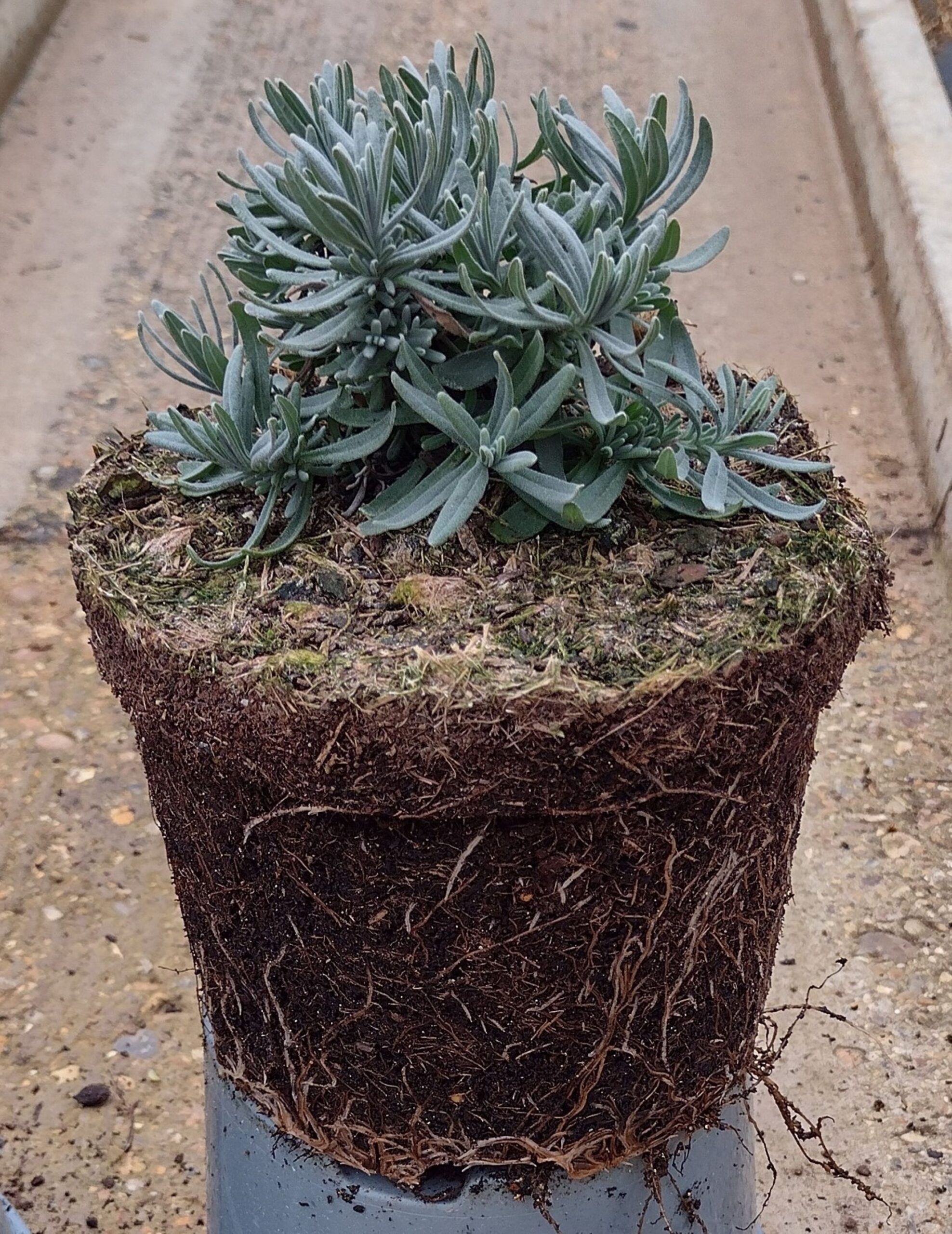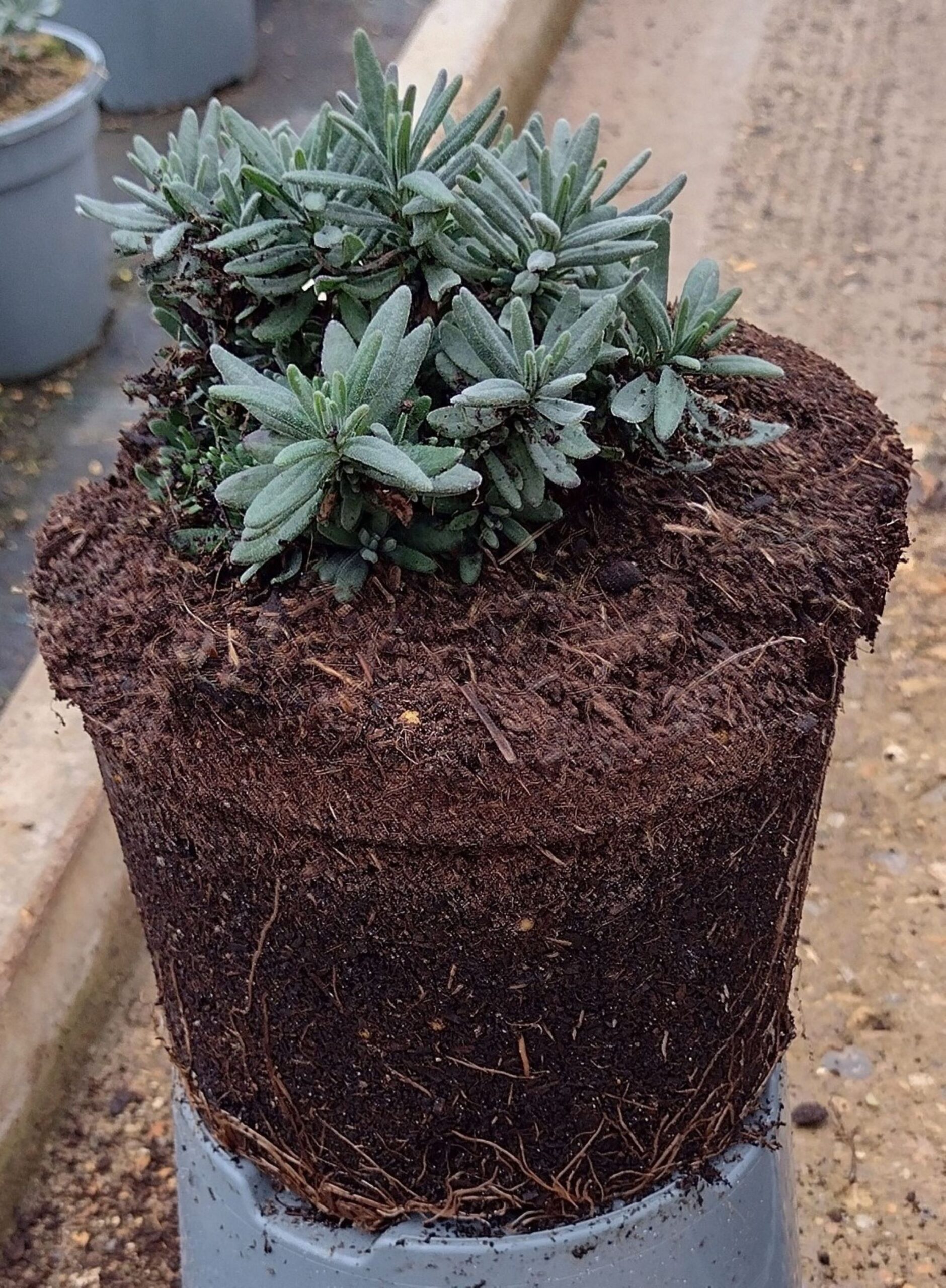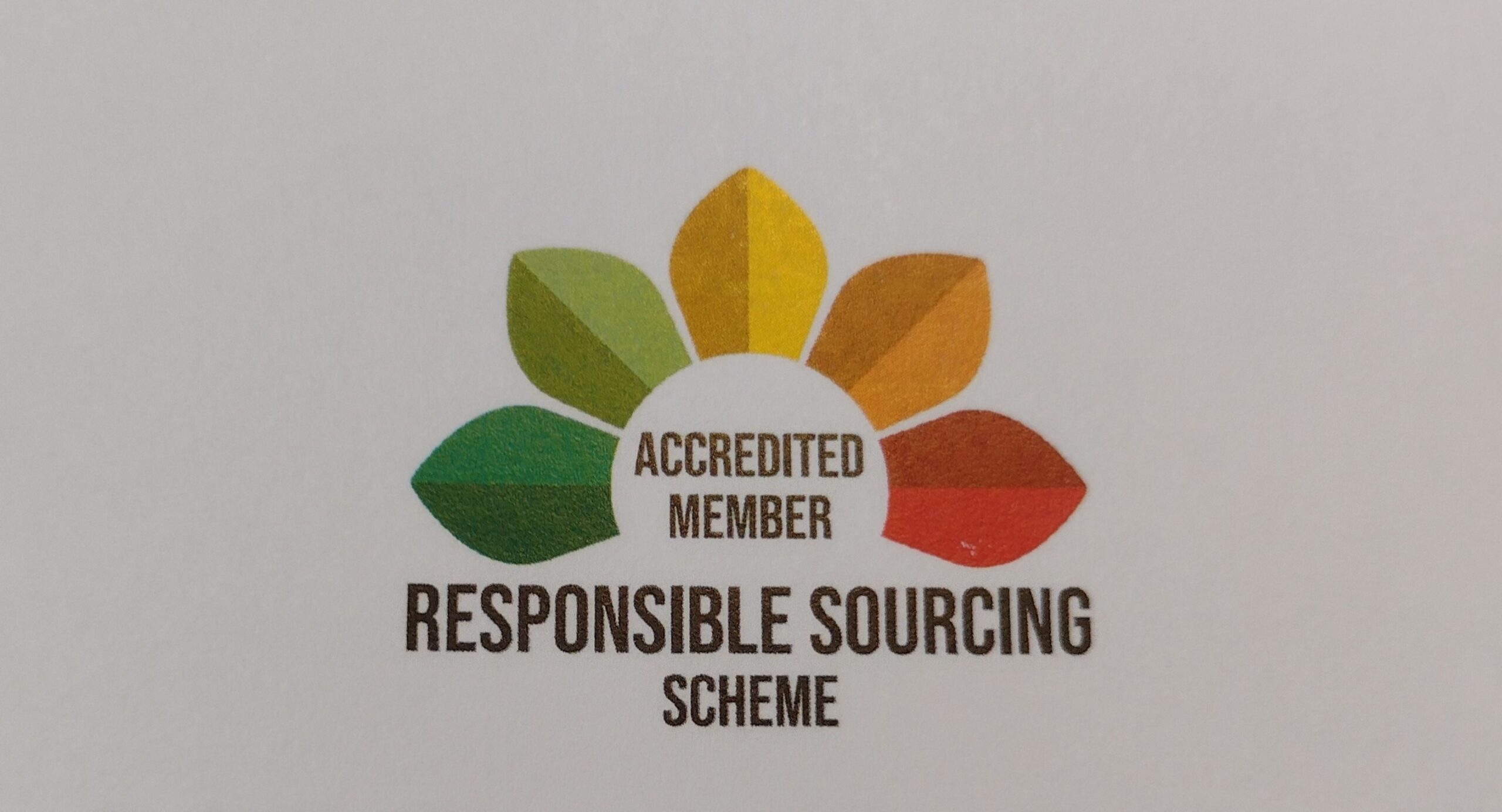A winding road but a vital one to travel, writes horticulturalist and gardener Gillian Taylor
A major discussion point in both amateur and professional horticultural sectors is the transition to peat free media.(PFM).
It’s important because we all appreciate (or should do) that peatlands are a precious ecosystem. However, as we are discovering, not all PFM is created equal and there is a need to significantly change our management methods when using it.
In a horticultural sector educational campaign, 20 organisations have come together to create clear guidance on how to grow successfully using PFM, in a bid to accelerate our transition away from Peat: #PeatFreeSuccess
Currently, only 30% of consumers buy peat free, although when questioned, 7 in 10 say they ‘care’ about sustainability. The campaign hopes to make it easier for gardeners to ring the changes and encourage them to use the recently announced free RHS advisory service: peatfree@rhs.org.uk
Integral to the campaign is support for the work of the Responsible Sourcing Scheme (RSS). This looks at various criteria for each PFM and gives it a grade indicated by a traffic light system, similar to those seen on food labelling.
The aim is to allow consumers to make informed choices and for retailers to have confidence in the products. At a glance they can see that a product rated A, green, is more responsibly sourced than one graded C, yellow.
The seven criteria are:
Energy use: the amount of energy used to produce the raw material
Water use: a finite resource, so the less used in production, the better the grade
Social compliance: considers the welfare of those employed in harvesting the material
Habitat and biodiversity: how much damage is done to the environment
Pollution: important to minimise this during production
Resource use efficiency: how much waste is generated and can by-products be used
Renewability: how much time does it take to replace the resource used
After scoring, some examples are:
• Anaerobic digestate A Green
• Coir C Yellow
• Peat E Red
For more information visit www.responsiblesourcing.org.uk

Changing our management of plants grown in these new media?
Speaking to a wholesale grower recently, I was comforted to hear this transition has been a steep learning curve for the professionals as well as many amateur gardeners. When speaking to garden clubs, if I raise the subject of ‘Peat free’, I learn that almost everyone is still looking for that last bag of peat-based material!
Many nurseries had capillary watering systems in place when using the traditional products. With PFM there is no translocation of water upwards until a substantial root system has grown.
This means small plug type plants have to be watered overhead for at least four weeks or until the roots reach down to the central part of the pot so that capillary pull can then be achieved.
The lower third of the media can sometimes become saturated so growers need to be aware of where roots are at all times. Regular ‘ knocking out’ is essential to assess how plants are growing – more labour intensive for staff.
The images show differences in root structure of lavender plants grown in two different substrates.


Appearances can be deceptive
PFM can often appear dry or even crusty at the top of the pot but appearances can be deceptive as the rest of the pot may still have a high moisture content. Assessment by weight of the pot is often misleading, checking the true moisture level is essential for success – use your finger, moisture meter from the garden centre or a data probe in the case of large producers.
Watering techniques have to be adapted. Rather than watering in one go, staged application is required. One commercial nursery I know has the regimen: 1 minute pre-wetting, wait, 3 minutes of watering, wait, then a further two, 3-minute sessions.
As I’ve discovered, if you allow some of the PFM to dry out, by mistake, it actually becomes hydrophobic, repelling the next application of water. Keep a base level of 20 to 30% volumetric water content in the medium. If completely dried out, it is often impossible to resuscitate the plant.
The media often has less nutrient content than traditional composts and, as they often allow the rapid transit of water, increased leaching of any nutrients present can occur, so feeding more often than with traditional compost is needed.
Plants are often taking longer to reach key stages and even with excellent care can have paler leaves or reduced blooms.
Certainly, the pathway to peat free will be challenging but the industry is working hard to make it that little bit easier for all of us.


